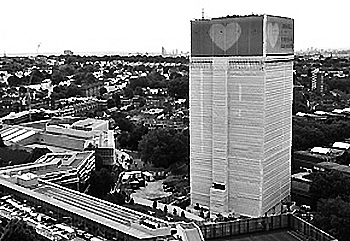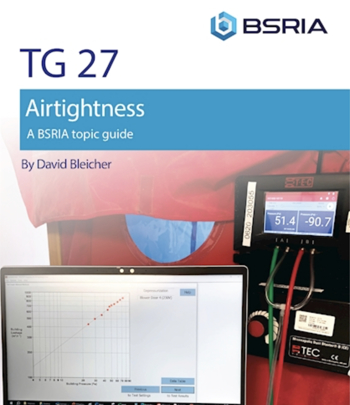Pebbledash
Pebbledash is a form of render used for the external walls of a building in which the top coat is textured by pebbles and stone fragments to create a rough finish. The wall surface is plastered with render and the pebbledash material thrown and pressed in while still wet.
This is similar to roughcast rendering in which larger stones are applied mixed into the mortar before being applied to walls. This produces a softer finished texture which is often painted. This technique is commonly used for coastal buildings to provide weather protection, and can also be found on medieval buildings and stately homes.
Pebbledash became a popular rendering technique between the 1890’s and the 1930s as part of the Arts and crafts movement which sought to revive traditional building processes as forms of vernacular architecture. It was cost-effective but also very durable. These characteristics lead to pebbledash being used widely in the post-war years of housing development, often as means of covering up poor workmanship.
Pebbledash has since come to be a divisive material, often being criticised for being ugly and impervious, as well as for failing to take account of the individual historic fabric of buildings. It is even thought to have a negative impact on the value of a property.
[edit] Related articles on Designing Buildings Wiki
- Arts and craft movement.
- Ashlar.
- Brick.
- Brick veneer.
- Blockwork.
- Cement.
- Ceramics.
- Cladding for buildings.
- Gravel.
- Harl.
- Kinetic facade.
- Mortar.
- Natural stone cladding.
- Nineteenth century architecture.
- Parge coat.
- Quoin.
- Rendering.
- Roughcast and pebbledash.
- Rubble masonry.
- Rustication.
- Screed.
- Stucco.
- Vernacular architecture.
[edit] External resources
Featured articles and news
The UK's Modern Industrial Strategy: A 10 year plan
Previous consultation criticism, current key elements and general support with some persisting reservations.
Building Safety Regulator reforms
New roles, new staff and a new fast track service pave the way for a single construction regulator.
Architectural Technologist CPDs and Communications
CIAT CPD… and how you can do it!
Cooling centres and cool spaces
Managing extreme heat in cities by directing the public to places for heat stress relief and water sources.
Winter gardens: A brief history and warm variations
Extending the season with glass in different forms and terms.
Restoring Great Yarmouth's Winter Gardens
Transforming one of the least sustainable constructions imaginable.
Construction Skills Mission Board launch sector drive
Newly formed government and industry collaboration set strategy for recruiting an additional 100,000 construction workers a year.
New Architects Code comes into effect in September 2025
ARB Architects Code of Conduct and Practice available with ongoing consultation regarding guidance.
Welsh Skills Body (Medr) launches ambitious plan
The new skills body brings together funding and regulation of tertiary education and research for the devolved nation.
Paul Gandy FCIOB announced as next CIOB President
Former Tilbury Douglas CEO takes helm.
UK Infrastructure: A 10 Year Strategy. In brief with reactions
With the National Infrastructure and Service Transformation Authority (NISTA).
Ebenezer Howard: inventor of the garden city. Book review.
The Grenfell Tower fire, eight years on
A time to pause and reflect as Dubai tower block fire reported just before anniversary.
Airtightness Topic Guide BSRIA TG 27/2025
Explaining the basics of airtightness, what it is, why it's important, when it's required and how it's carried out.
Construction contract awards hit lowest point of 2025
Plummeting for second consecutive month, intensifying concerns for housing and infrastructure goals.
Understanding Mental Health in the Built Environment 2025
Examining the state of mental health in construction, shedding light on levels of stress, anxiety and depression.





















